Throwback Thursday #7 - Super Monkey Ball
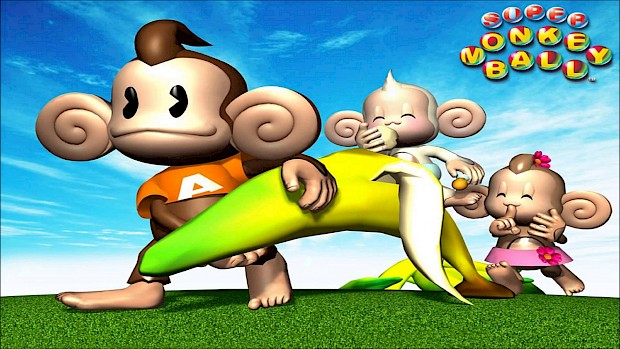
Posted 21 Jan 2016 at 17:57 by Joshua Phillips

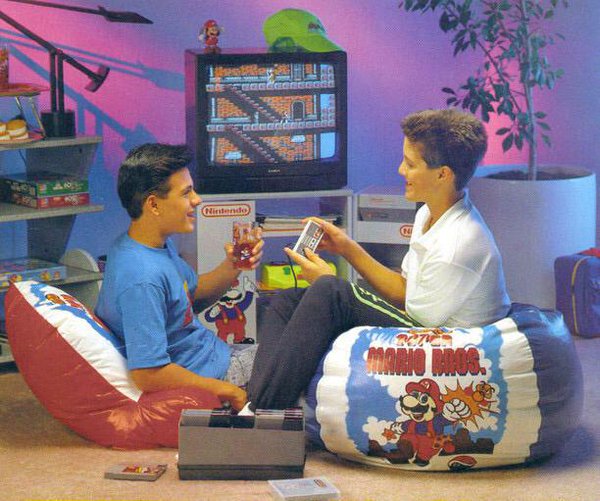 SEGA’s first foray into the world of Nintendo is one of their best. Join us on a trip down memory lane as we marvel at the worlds, gameplay and modes found within the original Super Monkey Ball.
SEGA’s first foray into the world of Nintendo is one of their best. Join us on a trip down memory lane as we marvel at the worlds, gameplay and modes found within the original Super Monkey Ball.
Super Monkey Ball arrived on the Gamecube in 2002 and was a big deal not just because of its fantastic controls, genius level design and wacky concept, or for the fact that it lived on to become a cult-classic played by speed-runners to this day, but because it heralded the start of a new era – SEGA on Nintendo consoles and a change in Nintendo’s attitude towards games.
The Gamecube is where my gaming horizons really burst open thanks to Nintendo’s new-found creative freedom and the arrival of big third-party names. Wario was now a biker and presented me with some of the craziest and most fast-paced gameplay I’d ever experienced, Link was seen in a whole new light with his new art-style and seafaring ways and despite the loss of one of my most beloved developers, RARE, the GameCube made up for it by introducing me to a world of awesome third-party characters such as Sonic, Viewtiful Joe and Billy Hatcher. None quite grabbed me like this ball infested Monkey title from SEGA and AV though - Super Monkey Ball was my first step in this direction of fresh new experiences and what a way to start.
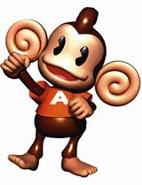
Heading into Blockbuster as usual on a rainy day some time in 2003 I came to the shocking realisation upon scouring the GameCube shelf that I’d played all the Nintendo staples such as Sunshine, Melee and Luigi’s Mansion, so I was left with just one title that I’d been putting off for ages, because it looked kind of stupid and very unconventional – Super Monkey Ball. My initial scepticism was quickly thrown out the window. In fact, despite playing it nearly none stop for the entire first weekend I had it, I decided to rent it out again the next week... and the next... and the next, until after a month I just went outright and bought it.
From the moment I fired the game up I knew this was something special. The bassy synth-heavy music blasting through my speakers as though I’d just walked into an arcade, the swirly ears on the Monkeys, the shiny floors, the huge squeals of excitement AiAi made every time I collected a banana, the way the floor moved with my analogue tilts as I traversed a stage, everything was so fresh and like nothing I’d ever experienced.
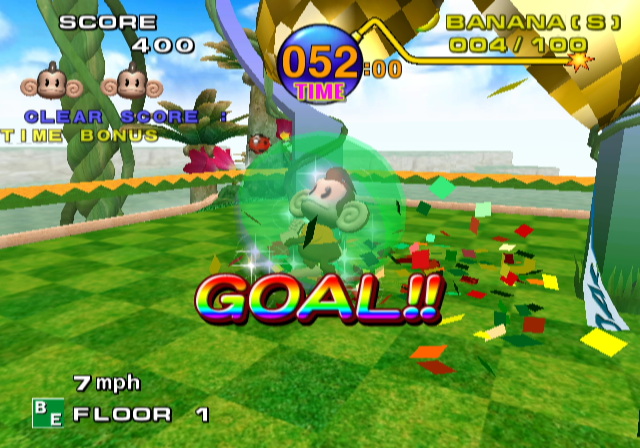
I adored every fine detail of this game from the camp and overzealous announcer who was so loud and clear as opposed to the muffled echo chamber of Melee to the bizarre moment I first played as GonGon and heard him scream ‘woof woof’ as though he was dying for people to see him as a dog and not a monkey trapped in a ball.
Starting off on Beginner, it took me a while to really get to grips with Monkey Ball, as the controls were so precise that I had to treat the analogue stick with the kind of care and severe concentration you’d have performing heart surgery, not to mention the time-limits and the crazy visuals – whilst people get used to it after a while, every new-comer always finds the way the stage tilts to move your monkey to be kind of crazy. After a while though I managed to easily breeze through Beginner and I was introduced to what would provide me with years of fun – Advanced and Expert mode.
Ramping up from the 10 fairly easy stages, Advanced presented me with 30, some of which were incredibly hard either due to the sheer quick reactions needed or having to ‘figure out’ what to do as some required you to pull off specific moves such as hurtling down a hill at a certain speed to bounce to the next platform.
I poured months and months of effort into Advanced Mode. After about stage 10, every one had some perilous deathly path or crazy stunt to pull off, but the frustrations of failing and trying again constantly were washed away with some of the most beautiful worlds I’d ever seen. To this day, I can’t get enough of the general feeling I get from the the spacey ‘Burger Cube’ world with it’s nostalgic music and neon signs, dancing monkeys in the windows and giant electric guitars.

Months after unlocking Advanced mode, after many play-throughs involving blood, sweat and GonGon tears, I finally cleared Stage 30 with its masses of tiny rotating platforms, a level so fiendish that I think I have the start to end point etched in my brain as muscle memory. The day I cleared that mode, I decided to chill out for a while and blasted through beginner again but this time, with my new-found monkey tilting skills, I cleared it without losing a single life and before being presented with the (really awesome) Credits game was introduced to the ‘Extra Stages’, a world consisting of a few devilish stages that could only be accessed if you cleared an entire mode without dying. This opened up an entirely new can of worms and my new goal of clearing Advanced mode without losing a life was set... that was the day that my bid to not lose any Monkey lives ended in the loss of my entire social life.
 In what could be seen from the outside as a fairly linear Arcade game had so much replayability that I didn’t stop going back to it every evening for a year, as just when I thought I’d finally cleared something, things such as extra levels were thrown at me, my high-score chasing instincts would kick in or... I just simply loved the music, worlds and themes so much that I’d mindlessly play it for no reason. All of this, a years worth of gameplay before I even touched upon the mini-games which quickly became a much bigger affair than I’d ever imagine.
In what could be seen from the outside as a fairly linear Arcade game had so much replayability that I didn’t stop going back to it every evening for a year, as just when I thought I’d finally cleared something, things such as extra levels were thrown at me, my high-score chasing instincts would kick in or... I just simply loved the music, worlds and themes so much that I’d mindlessly play it for no reason. All of this, a years worth of gameplay before I even touched upon the mini-games which quickly became a much bigger affair than I’d ever imagine.
Monkey Bowling, Billiards, Golf, Fight, Race and most importantly, Target, all become instant classics that I played so much they may as well have been titles in themselves. Starting off with the most obvious, Monkey Race, it only offered a handful of levels but just like the main game, some of them were so devilish, with evil turns, sneaky shortcuts and surprisingly talented AI, that I’d keep coming back to it time and again, especially when friends were over for 4-player matches. Many an evening were also spent perfecting my ball spinning technique in Monkey Bowling or getting the perfect shot in Billiards. But the defining minigame of this first Monkey Ball title has to be Monkey Target, and its one of those games that is just so perfectly crafted in the first title that, like Mario Kart 64’s Block Fort, no matter what was tried in later titles, nothing could top it.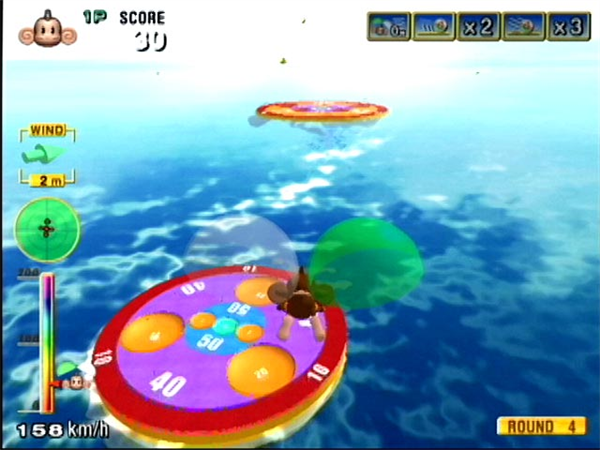
Starting atop a big runway, Monkey Target has you hurtle down the steep platform to then get thrown into the sky and open your ball like a parachute, floating through the air, slowly descending, you have to close it once again to land on a target. The targets are all little islands on the sea, so you have to be careful not to fall in the water, your ball also has to be closed upon impact or it wont count, so you have to take into consideration how much your ball will bounce and move upon landing. There’s also different wind directions and (optional) items to take into consideration with your landings, as well as ever-changing target shapes and distances between them in each round. The effort the developers put into these extra modes are really insane and hold up so well that they could have been sold off as their own independent GameCube titles.
Super Monkey Ball was not only great then, but fantastic to this day. It’s a game that I’ve never really stopped playing since I got it in the early 2000’s. Every six months or so I’ll replay the game for a few weeks, and it’s always great to dig out for multiplayer fun. Like Michael Jackson hits or episodes of F.R.I.E.N.D.S it’s one of those things that are so classic they never really go away. I still have recent memories of trying to beat 'Exam-C' with my friend after plenty of Disaronno, though it seems the life of a drunk monkey on Expert never gets far and just a few weeks ago I was watching a fantastic speed-runner on Games Done Quick play through the original Super Monkey Ball.
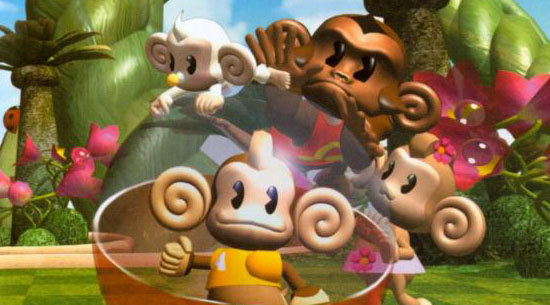
The kind of fun and excitement I experienced with Monkey Ball was new to me, an arcade style that I’d not really had with Nintendo games and something that I’d grow to realise as being SEGA’s bread and butter. Monkey Ball not only opened my gaming horizons on the GameCube but introduced me to the world of SEGA, one that I’d get so lost in that by this point I’ve probably played as many SEGA titles as I have Nintendo, retroactively playing through the MegaDrive, Saturn and DreamCast catalogues.
Years later, now that all the dust has settled, I can safely say that the first Monkey Ball is not only by far the best in the series but my favourite SEGA game of all time. A perfect arcade game adapted to home consoles, with flawless controls, timeless graphics, fantastic music and gameplay that never gets old, Super Monkey Ball is the blueprint in which all arcade games should be made and one of the very few examples of a game from the 128-bit era that is as fantastic now as it was then.






















